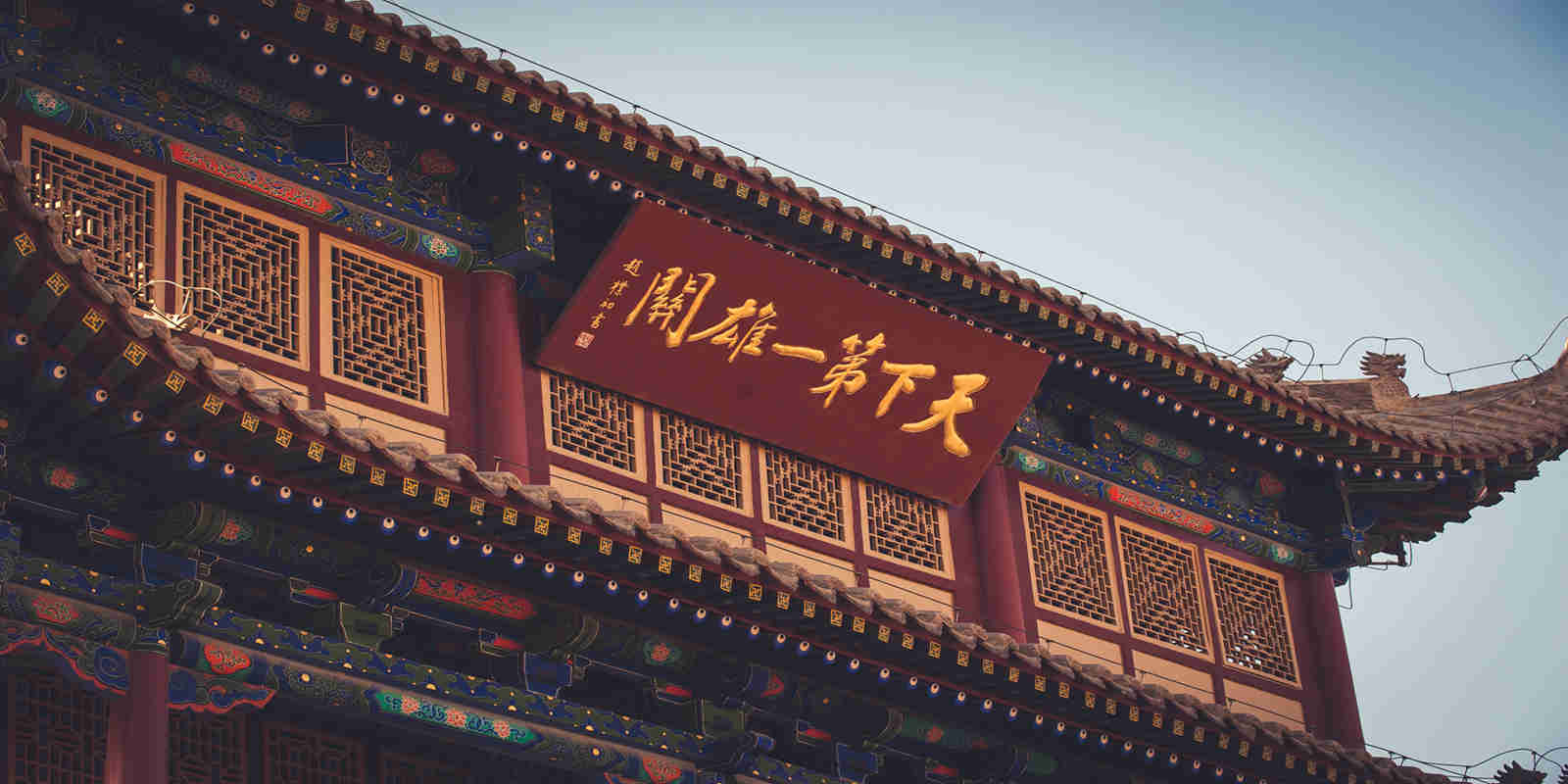Jiayuguan Travel Guide & Tours
Jiayuguan, one of the most grandiose ancient forts on the Silk Road, is a significant fortification on the western section of the Great Wall. The Jiayuguan city and fort have their present name from the pass that runs through this area, at the foot of the Jiayu Mountain. This area, not so much the town, is a good place to visit for those, with time on their hands, making their way up to both Dunhuang and Xinjiang.

Founded during the Ming Dynasty (1368-1644 AD), there was originally just the Fort in Jiayuguan, built onto an existing watchtower and completed in 1372. With primitive working tools it took thousands of laborers dozens of years to complete the project. Goats, and even ice, were used to convey building materials to the site. With completion, the Fort became the strategic end of the Great Wall, demarcating the apparently advanced east from the allegedly desolate and dangerous west. Many Chinese still feel this way today, even after the completion of the Gansu Expressway.
The Jiayuguan itself grew up around this Fort, thriving from both its protection and location on the Silk Road. Nowadays, however, the town has lost much of its charm, bisected by main roads, including the expressway, and plagued by uninteresting buildings. Most of the sights that tourists will want to see are out of the city, so that the only plus side to stay in the place are views of the snow-capped mountains surrounding it.
There are a couple of important sights here: Jiayuguan Pass, First Beacon Tower and Over-hanging Great Wall. Now restored and just outside the town, the Jiayuguan Pass are the ancient fort which once marked China's western entrance. In addition, there are countless mural-bearing Bricks tombs scattered around the area dating back to 4th century AD. Some of them at Xingcheng are opened.
There are about 1400 tombs, some are 20km east of the city center, dating back to the Wei-Jin Dynasties (220-Most tombs excavated have mural-bearing bricks, and reputed as the largest underground art gallery in the world. The paintings in the open tombs (No. 6) are perfectly preserved which depicting everyday activities, and quite a few draw perfect circles are freehand. It is interesting to visit at virtually any time as the custodians live here.










